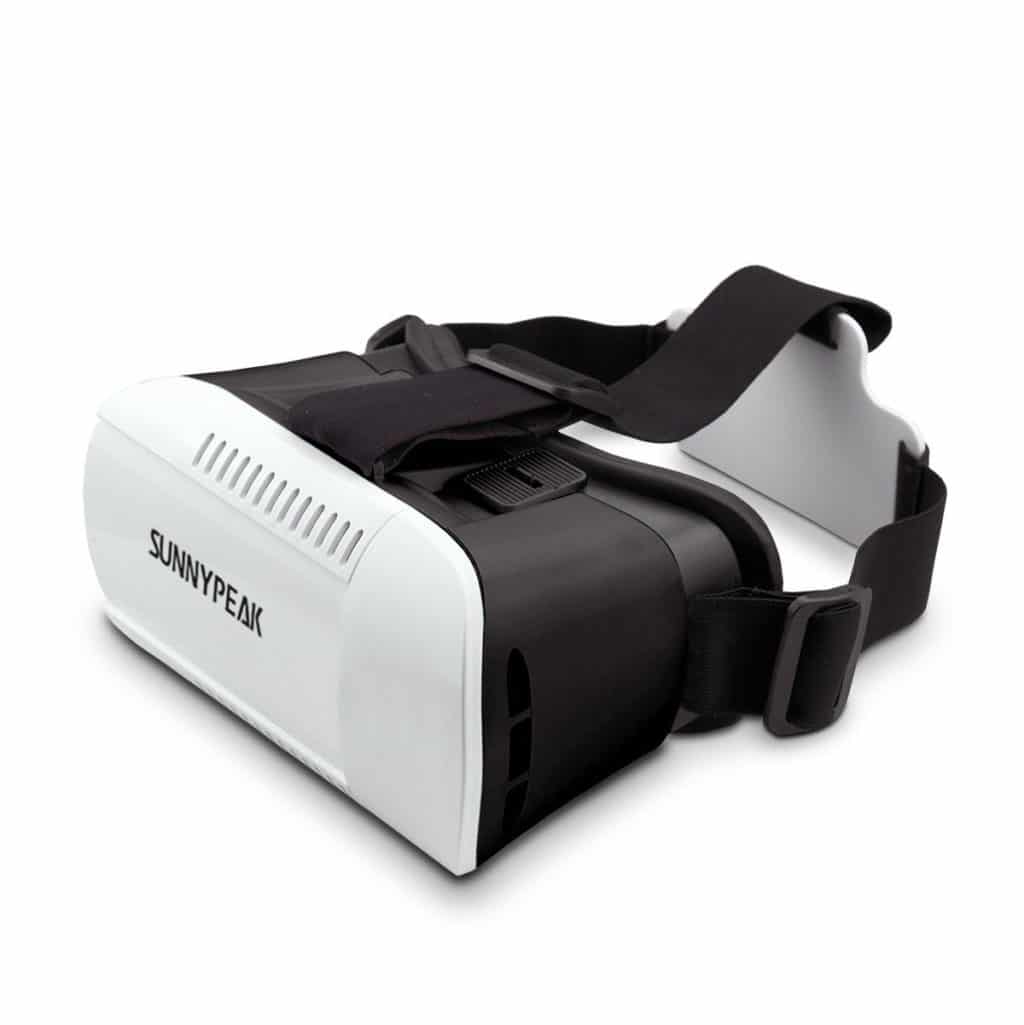In recent years, Virtual Reality has begun to dominate the tech and entertainment industry. For example, Oculus Rift has become a household name when it comes to VR, but it won’t hit shelves until next year. For those who can’t wait, there are cheaper and more accessible VR headsets. Here are a few.
 Homido Virtual Reality Headset
Homido Virtual Reality Headset
Price: $79
Specifications: Virtual Reality VR Headset for 360 viewing and gaming, farsightedness and nearsightedness settings, optical settings adjustment 3D glasses, heavy duty design and compatible with most phones.
Why You Should Buy: The Homido Virtual Reality Headset is the most expensive headset on the list, mainly because it has the highest quality of design and durability. This headset comes with its own app made by the manufacturer, and has adjustable features that control the lenses. The great thing about this particular VR headset is that it can work with all other apps. Also, the high quality design has ventilation holes to help cool down your phone if overheated. For those who want a nice bridge to the Oculus Rift, the Homido Virtual Reality Headset is a great intermediary.


